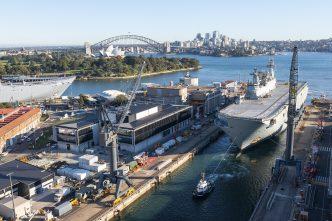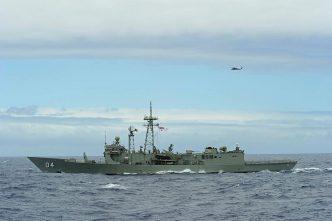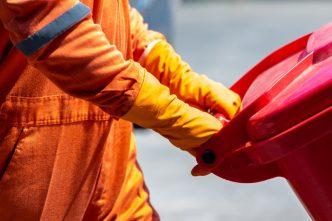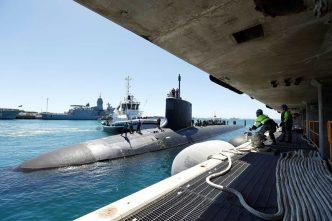The Department of Defence is the largest single landholder in the Commonwealth and one of the largest overall landholders in Australia. The Defence estate comprises 70 major bases, 100-plus training ranges and more than 1000 …
The September 2023 announcement designating Townsville as the hub for armoured vehicles and Army attack and medium-lift aviation triggers a sense of déjà vu—about Plan Beersheba. This strategic shift, a direct outcome of the 2023 …
Climate change’s threat to national security has been widely examined by security agencies, researchers and thought leaders across the world. Much of this analysis has focused on adaption and operational considerations associated with the destabilisation …
The quest for independence signals a nation’s pursuit of sovereignty and control over its internal and external affairs. Sovereignty serves as the cornerstone upon which a country’s identity, governance, security, and international relationships are built. …
The government has commissioned an audit of the Defence estate to look at whether it ‘reflects contemporary needs in light of the decision to prioritise investment in Australia’s northern network of bases, ports and barracks’. …
Security weaknesses and cyber ‘doors left open’, employees turned rogue, and hackers demanding ransom, all demonstrate dramatically the need for strong critical infrastructure risk management. Examples of how vulnerabilities will be exploited were highlighted in …
Since the announcement of the AUKUS partnership to equip Australia with conventionally armed, nuclear-powered submarines (SSNs), there’s been an intense, and sometimes confusing, debate on how nuclear waste will be managed. Are we debating the …
Despite negative perceptions about the Collins-class submarine project, the six boats now in service with the Royal Australian Navy are regarded as among the world’s best diesel-electric submarines. While the project faced major delays and …









